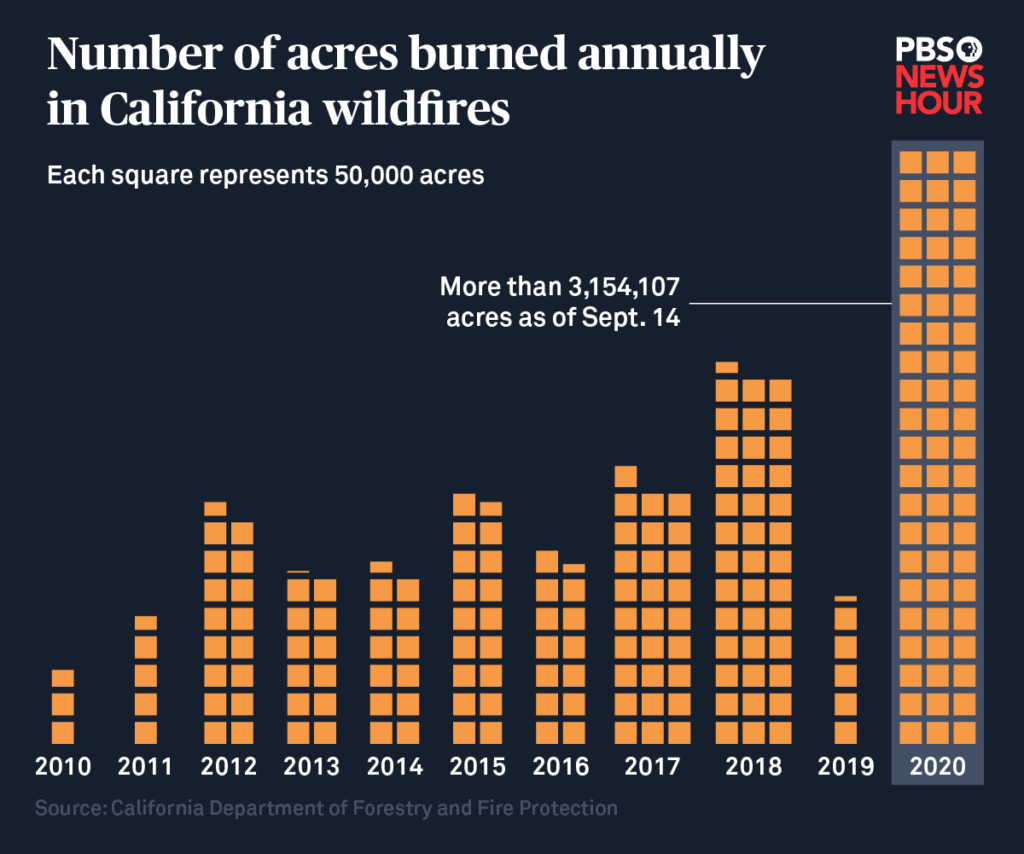Wildfires: A Growing Threat To UK's Endangered Wildlife

Table of Contents
The Devastating Impact of Wildfires on UK Habitats
Wildfires inflict catastrophic damage on UK habitats, leaving behind scorched landscapes and fragmented ecosystems. The intense heat destroys crucial vegetation, fundamentally altering the habitat structure and rendering it unsuitable for many species. Several key habitats are particularly vulnerable:
- Heathlands: These unique ecosystems, home to specialist plants and animals like the Dartford warbler, are highly susceptible to wildfire due to their dry, flammable vegetation. Wildfires can completely wipe out decades of carefully managed heathland, destroying breeding sites and food sources.
- Peat bogs: These vital carbon sinks are easily ignited and burn fiercely, releasing large amounts of stored carbon into the atmosphere. The resulting damage can take centuries to repair, devastating the unique flora and fauna that depend on these waterlogged environments.
- Woodlands: While seemingly resilient, woodlands can suffer significant damage from wildfires, particularly during prolonged dry periods. The intense heat can kill trees, destroy undergrowth, and create a barren landscape unsuitable for many woodland species.
The destruction caused by wildfires includes:
- Loss of vegetation and food sources: The immediate impact is the loss of plants, berries, insects, and other food sources vital for survival.
- Destruction of nesting sites and burrows: Many animals rely on specific habitats for breeding and shelter; wildfires destroy these critical resources, leaving vulnerable young exposed and adults without safe havens.
- Habitat fragmentation: Wildfires create barriers within habitats, isolating populations and reducing genetic diversity, making them more vulnerable to disease and environmental changes.
- Increased vulnerability to predation: The loss of cover and the altered landscape leaves surviving animals more exposed to predators.
Endangered Species Most at Risk
Several endangered UK species are particularly vulnerable to the increasing frequency and intensity of wildfires. These include:
- Dartford Warbler: This small bird relies heavily on heathland habitats for nesting and foraging. Wildfires destroy its breeding grounds and food sources, directly impacting its already fragile population.
- Habitat Requirements: Low-lying, dry heathland with dense vegetation.
- Reproductive Strategies & Wildfire Impact: Nests are built low to the ground, making them highly vulnerable to fire.
- Current Population Size & Conservation Status: Classified as endangered in the UK.
- Adders: These venomous snakes rely on specific microhabitats within heathland and woodland for basking and hibernation. Wildfires destroy these crucial microclimates, leaving adders with limited suitable habitats.
- Habitat Requirements: Areas with diverse vegetation and suitable basking sites.
- Reproductive Strategies & Wildfire Impact: Wildfires can destroy their hibernation sites and kill young snakes.
- Current Population Size & Conservation Status: Populations are declining in some areas due to habitat loss.
- Various Insects: Many insect species, including those crucial for pollination and nutrient cycling, are highly sensitive to changes in their habitat. Wildfires can decimate entire insect populations, disrupting the delicate balance of the ecosystem.
The Causes of Increased Wildfire Risk in the UK
The increase in wildfires in the UK is a complex issue driven by a combination of factors:
- Climate Change: Rising temperatures and prolonged periods of drought create tinder-dry conditions, significantly increasing the risk of wildfires igniting and spreading rapidly. Data from the Met Office shows a [Insert Statistic, e.g., 15%] increase in average summer temperatures over the past [Number] years.
- Increased Human Activity: Carelessly discarded cigarettes, unattended BBQs, and fireworks are major causes of human-ignited wildfires. [Insert Statistic on human-caused wildfires, if available].
- Lack of Proper Land Management Practices: Insufficient land management, such as the failure to clear overgrown vegetation and implement controlled burns, can lead to the accumulation of dry fuel that readily ignites.
In short:
- Climate change is creating hotter, drier conditions.
- Human negligence is a significant ignition source.
- Poor land management practices increase fuel loads.
Conservation Efforts and Mitigation Strategies
Protecting UK wildlife from wildfires requires a multi-pronged approach involving conservation efforts and preventative measures:
- Improved Land Management Techniques: Implementing controlled burns under specific conditions can reduce fuel loads and prevent larger, more destructive wildfires.
- Public Awareness Campaigns: Educating the public about wildfire risks and promoting responsible behaviour in the countryside is crucial. Clear messaging about safe BBQ practices and the dangers of discarding cigarettes is essential.
- Early Warning Systems and Rapid Response Teams: Investing in sophisticated monitoring systems and establishing well-trained rapid response teams are vital for detecting and controlling wildfires quickly.
Organizations like [mention relevant organizations, e.g., The National Trust, Natural England] are actively involved in wildfire management and wildlife conservation, working to protect vulnerable habitats and species.
Conclusion: Protecting UK Wildlife from the Growing Threat of Wildfires
The escalating threat of wildfires in the UK poses a severe and urgent danger to its precious wildlife. We've seen how wildfires devastate habitats, endanger numerous species, and disrupt delicate ecosystems. The causes are multifaceted, ranging from climate change to human negligence and inadequate land management. However, through a combination of proactive conservation efforts, improved land management practices, public awareness campaigns, and effective response strategies, we can significantly mitigate the impact of wildfires and safeguard our endangered species. Help protect our precious UK wildlife by learning more about wildfire prevention and supporting organizations dedicated to combating this growing threat. Take action to safeguard endangered species from wildfires today!

Featured Posts
-
 Oregon Ducks Fall Short Against Duke In Ncaa Tournament
May 13, 2025
Oregon Ducks Fall Short Against Duke In Ncaa Tournament
May 13, 2025 -
 Analysis Of Tory Lanez And 50 Cents Reactions To Megan Thee Stallions Trial Outcome
May 13, 2025
Analysis Of Tory Lanez And 50 Cents Reactions To Megan Thee Stallions Trial Outcome
May 13, 2025 -
 Promosi Terhad Tempah Byd Ev Di Mas 2025 Dapat Rm 800 And Layan Konsert Rentak Elektrik 9 15 Mei
May 13, 2025
Promosi Terhad Tempah Byd Ev Di Mas 2025 Dapat Rm 800 And Layan Konsert Rentak Elektrik 9 15 Mei
May 13, 2025 -
 Leonardo Di Caprio And Romeo Juliet A Rollerblading Story You Wont Believe
May 13, 2025
Leonardo Di Caprio And Romeo Juliet A Rollerblading Story You Wont Believe
May 13, 2025 -
 No 10 Oregons Overtime Triumph Ncaa Tournament Upset Over No 7 Vanderbilt
May 13, 2025
No 10 Oregons Overtime Triumph Ncaa Tournament Upset Over No 7 Vanderbilt
May 13, 2025
